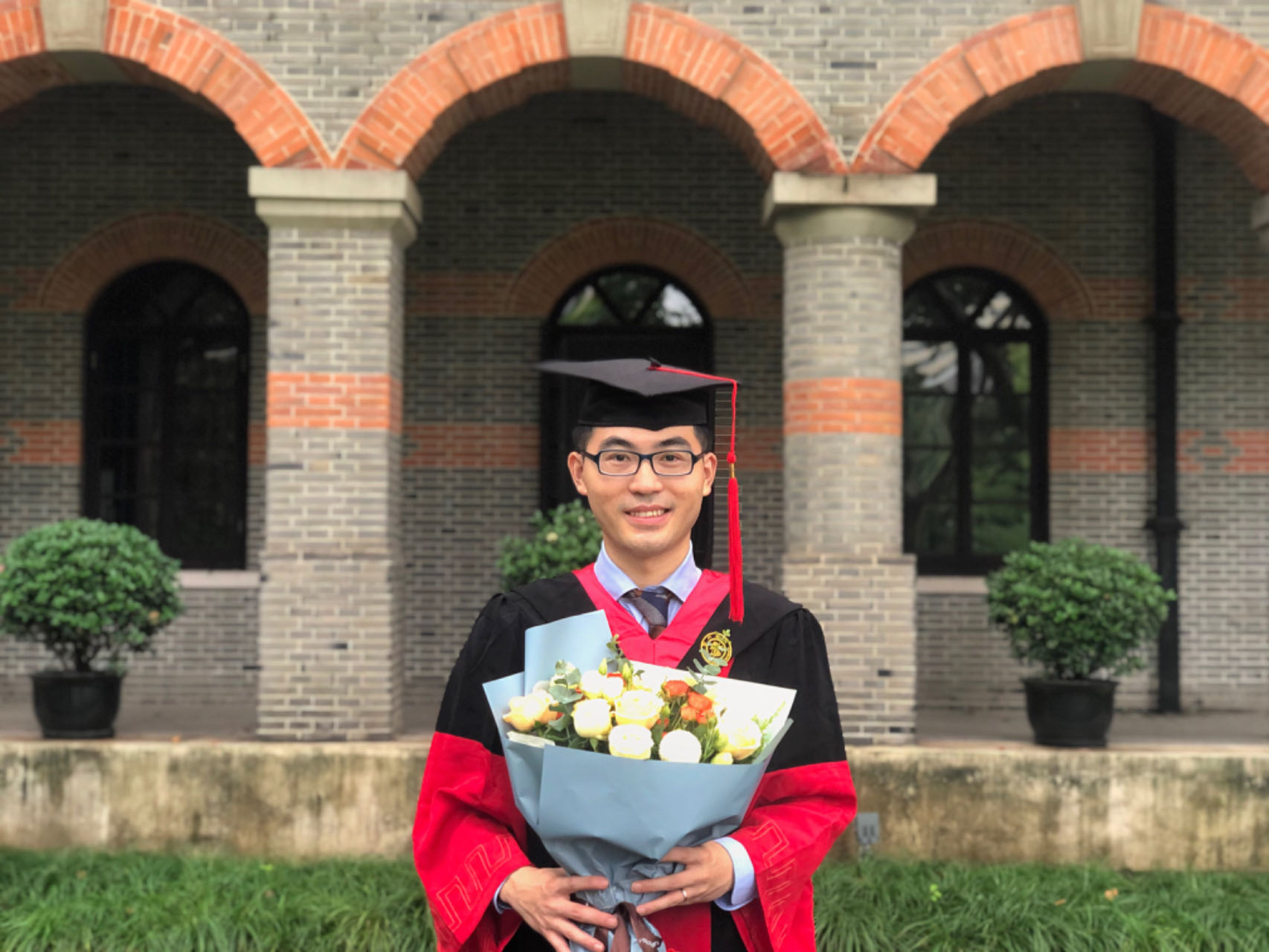Daxin Sun
Welcome to my website! My name is Daxin Sun, and I am currently an associate fellow at the Department of Complex Engineering Management, School of Management & Engineering, Nanjing University. I received a B.M. degree in information management and information systems from Southwestern University of Finance and Economics in 2015 and a Ph.D. degree in management science and engineering from Shanghai Jiao Tong University in 2021.
My research interests are generally around understanding how organizations coordinate to build and subsequently use infrastructure to enhance innovation, entrepreneurship, and sustainability. More specifically, my research focuses on two empirical forms of infrastructure. The first is on institutional infrastructure. This comprises government agencies, universities, research parks, and academies of sciences that coordinate to help commercialize scientific breakthroughs and new ventures. The second is on physical infrastructure. This comprises those public and private organizations that coordinate to manage highways and high-speed railway systems.
My current interests around this are two-fold. The first is around how organizations can use status-jumping to help build scaffolding that facilitates knowledge creation and diffusion through their tradeoff between exploration and exploitation. Specifically, I focus on one typical government innovation policy, R&D certification in China, and test how such a status shock induces receiptors’ following trade-off between exploration and exploitation. In addition, I still test the knowledge spillover of such government certification on the response of their neighbors who are equally skilled while not qualified.
The second is around how one’s physical environment, above and beyond one’s social environment, can influence one’s ability to create and support organizations; in other words, I analyze how high-speed railways and other forms of connectivity help facilitate organizational development and coordination in a literal, physical sense, rather than just metaphorically. In this case, I build on the social interaction concept to test how coordination between social proximity rooted in local informal institutions and physical proximity induced by HSR connection shapes local innovation outcomes. For the new venture creation, I also examine how the interaction between physical and digital infrastructure overcomes the local bias of entrepreneurship, and thus influences the decision-making of local potential entrepreneurs.
